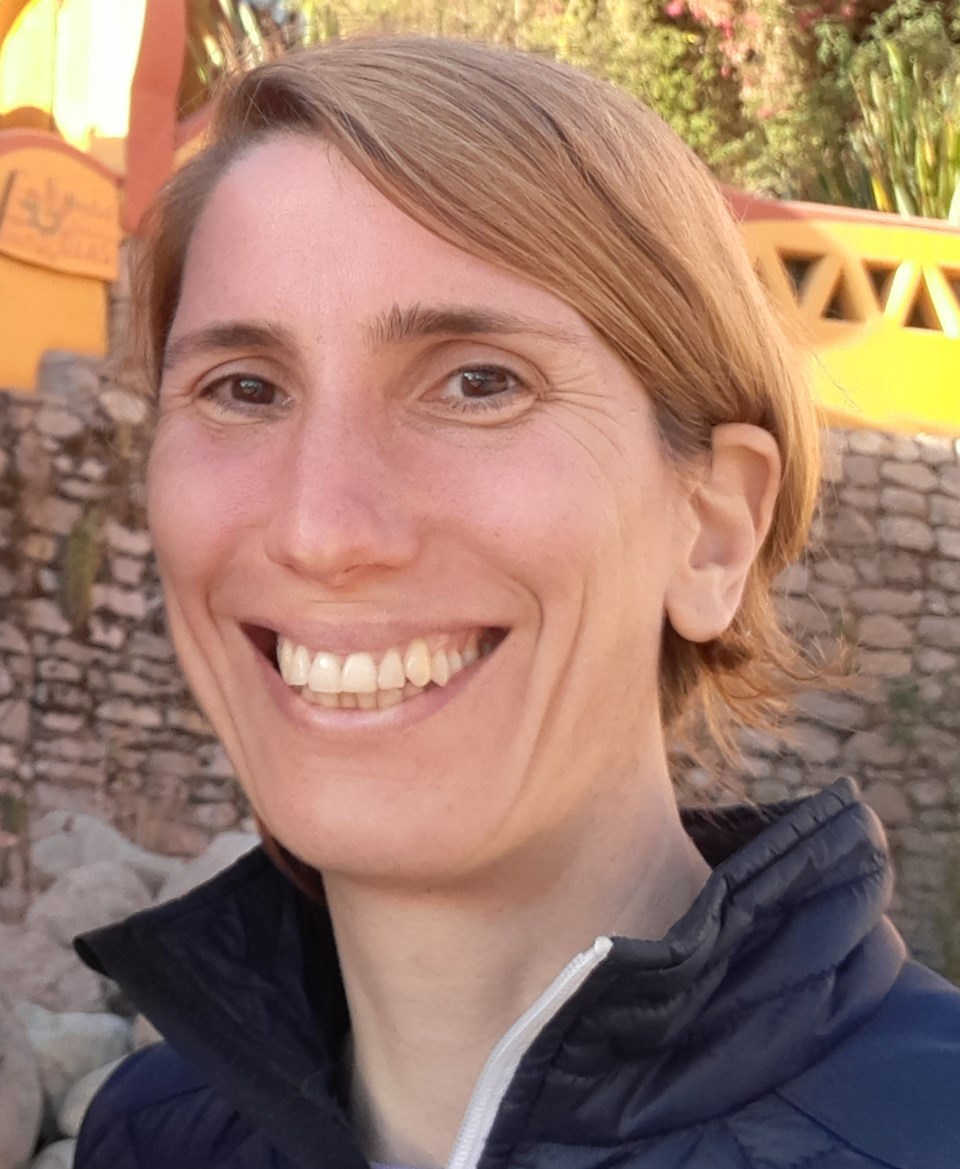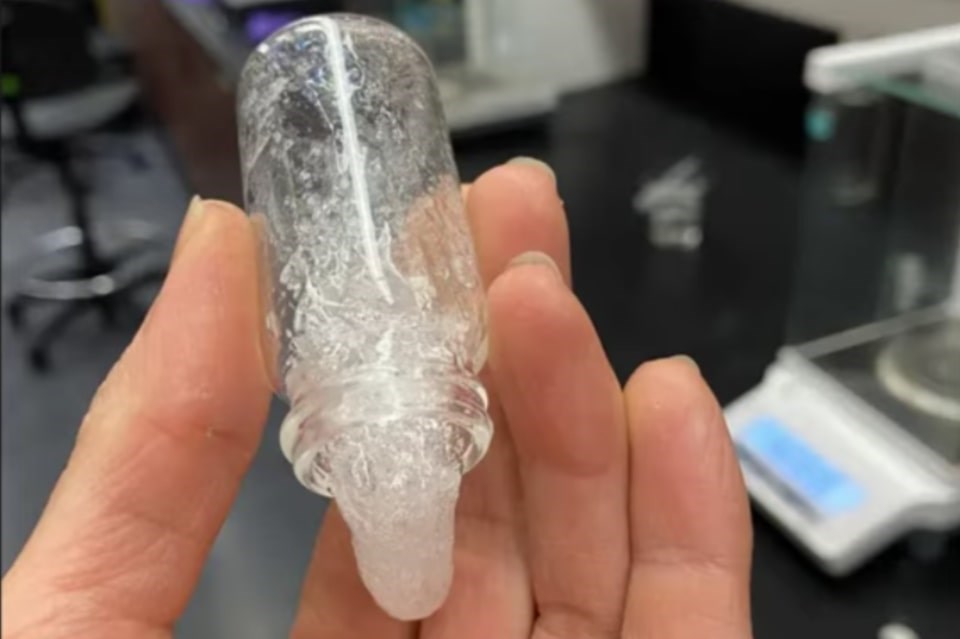Slime, unlike the popularized children’s toy, is the material researchers created that can be used to produce energy and possibly speed up healing for injuries.
Researchers at the University of Guelph have developed a soft material, dubbed as slime. It is piezoelectric which means when compressed it makes energy. Lead researcher and associate U of G engineering professor, Erica Pensini, describes it as having a bunch of batteries in different directions and when pressed the negative and positive ends of the batteries come together so electricity can flow.
Lead researcher and associate U of G engineering professor, Erica Pensini, describes it as having a bunch of batteries in different directions and when pressed the negative and positive ends of the batteries come together so electricity can flow.
While it can’t turn on a light right now, the possibilities and variations of the material have potential.
It’s made from natural materials like oleic acid which is found in olive oil and amino acids that make up protein.
It’s natural enough that Pensini uses it as a lotion on her hands after she goes rock climbing. The slime is moisturizing and since it's not petroleum based, the skin absorbs it well. She thinks it's possible it can speed up healing like a cut in the skin, for example. There haven't been any clinical trials yet.
Under a ‘super’ microscope at Canadian Light Source in Saskatoon, Pensini saw how the material was made up. She describes it looking like lasagna with many layers or a hexagonal pancake stack.
An example of how it can be used is if the material is placed in things like a mattress or blanket its possible it could detect sleeping patterns or sleep apnea. Embedding the material in a shoe insert to monitor a person’s gait could be another function.
“It’s always a matter of scale. Right now, you would need quite a bit of surface to light up a bulb,” said Pensini.
The materials Pensini and her team are developing now could produce electricity for a larger scale. If the material was embedded into the floor of a gym and the electricity produced could light up the lights and operate the ventilation system, then the material would have to be of higher performance for electricity production. It would be different from the slime used as a lotion.
The goal is to create a portfolio of materials where some are best for electricity production, others are better for healing and some are ideal for testing for pollutants.
At this stage the structure and the functionality of the material is mostly understood. There is about 20 per cent more to learn about it to fill in the gaps. The research started about a year ago with U of G professors Alejandro Marangoni, Aicheng Chen and Stefano Gregori. “We are just expanding more to cover the realm of possibilities,” said Pensini.
